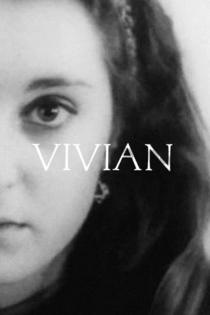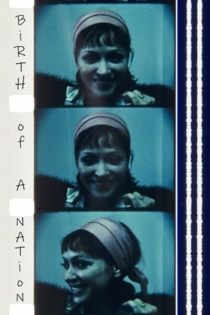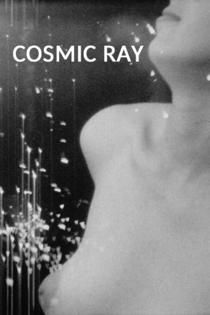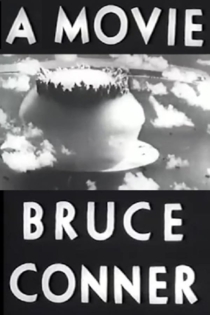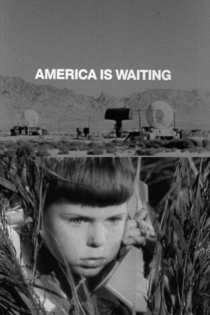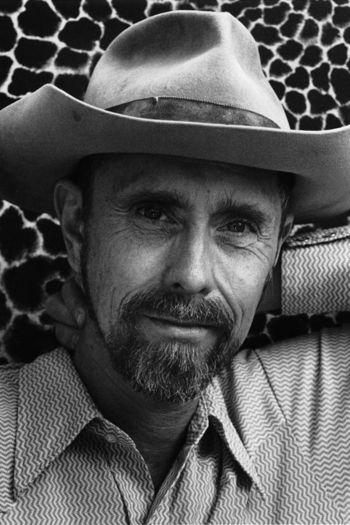
Bruce Conner
1933 - 2008Breakaway
Bruce Conner
Toni Basil
Breakaway plays out like a visual symphony. A prototype for the best (but still, lesser) contemporary formalist music videos, like Peter Care’s “What’s the Frequency, Kenneth?” and “Drive” (both for REM), Conner’s movie is an experiment in the visual language of film. But no matter how powerful a formal analysis of his filmmaking process may be in suggesting how Conner’s rhythms affect us, there is much in Breakaway – in Basilotta’s brash and unbridled self-assertiveness, in Conner’s feverish camera style, and even in the uncomplicated honesty of Cobb’s catchy lyrics and tune – that defies verbalisation… and must simply be loved! -- Senses of Cinema
Breakaway

The Kitchen Presents: Two Moon July
Tom Bowes
Laurie Anderson, David Byrne
Two Moon July was a multidisciplinary event that featured experimental video, film, visual art, performance and music in a theatrical framework. More than thirty artists participated in the program, which was produced for the Kitchen by Carlota Schoolman and directed by Tom Bowes.
The Kitchen Presents: Two Moon July

Television Assassination
Bruce Conner
John F. Kennedy
TELEVISION ASSASSINATION is one of two major works that Bruce Conner began in the days immediately following the Kennedy assassination and the artist's own thirtieth birthday, in the fall of 1963. While REPORT utilized montage and a strongly articulated structure to analyze the forces at work in the killing of a President (including our own complicity), TELEVISION ASSASSINATION is a complex, synthesizing work that weaves together fragments from the flux and flow of that history as it was in the process of being constructed and displayed daily to a nation of spectators. A monument to the enduring potency of the Kennedy myth and to the marketers who created it, the installation brings Conner's critique full-circle into the very medium that formalized it. In so doing, the work seems to suggest that the final resting place for the slain President was neither Brookline nor Arlington National Cemetery, but rather in the box, on the tube, held suspended forever on the television screen.
Television Assassination

Looking for Mushrooms
Bruce Conner
During his year in Mexico, Conner hosted psychedelic guru Timothy Leary, who he had met on an earlier visit to New York. Conner and Leary occupied themselves with mushroom hunts in the Mexican countryside. It’s not clear whether their hunts were successful. But Conner’s staccato home-movies of their walks – combined with movies of previous mushroom hunts in San Francisco – became his film Looking for Mushrooms. The film rushes through the rustic landscape of rural Mexico, flitting past houses and through a crumbling graveyard. Not to be confused with Conner's re-edited 1996 version of Looking for Mushroom.
Looking for Mushrooms

Crossroads
Bruce Conner
The 1945 atomic-bomb explosion at Bikini Atoll becomes a thing of terrible beauty and haunting visual poetry when shown in extreme slow motion, shown from 27 different angles, and accompanied by avant-garde Western classical music composed for electric organ by Terry Riley.
Crossroads

Easter Morning
Bruce Conner
Departing from an inimitable film repertoire of tour-de-force editing technique, visual comedy, and apocalyptic themes, avant-garde master Bruce Conner envisioned EASTER MORNING (2008)—a metaphysical quest for renewal beyond the natural and ephemeral worlds—to be his last finished masterpiece.
Easter Morning

Vivian
Bruce Conner
"A film portrait cut to the tune of Conway Twitty's version of 'Mona Lisa.' Filmed in part at a 1964 show of Conner's artwork in San Francisco, the film is also a witty statement about forces that take the life out of art. Vivian Kurz, the subject of the film, is entombed in a glass display case." - Judd Chesler Award: Gold Medal Award, Sesta Biennale D'Arte Republica Di San Marino. Da Vinci thought he caught her smiling.
Vivian
